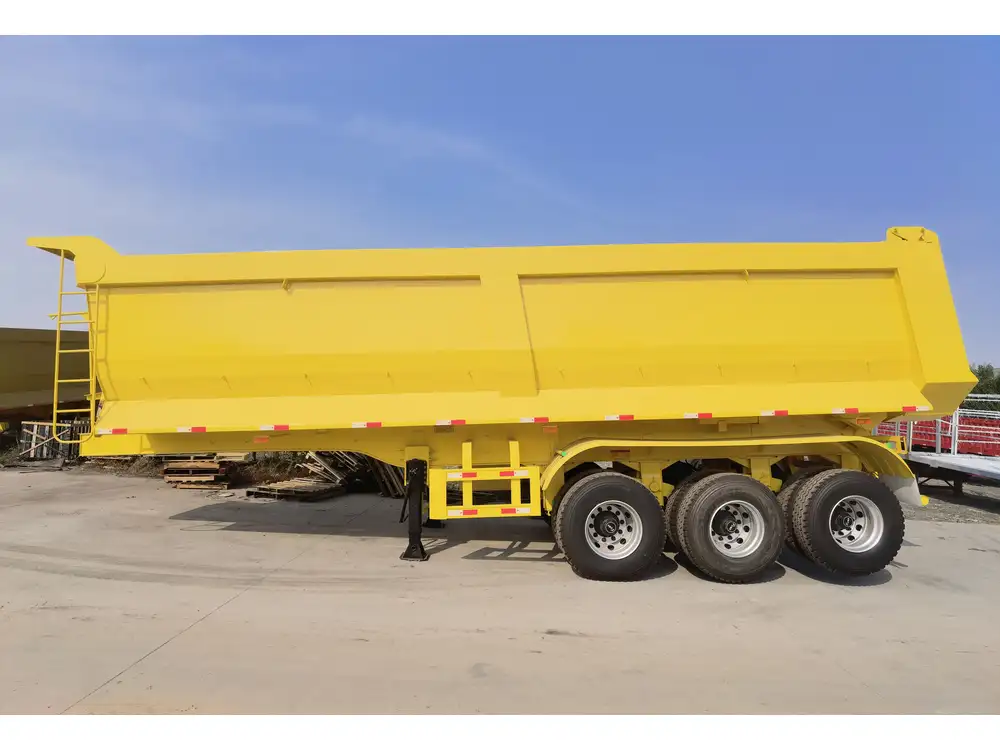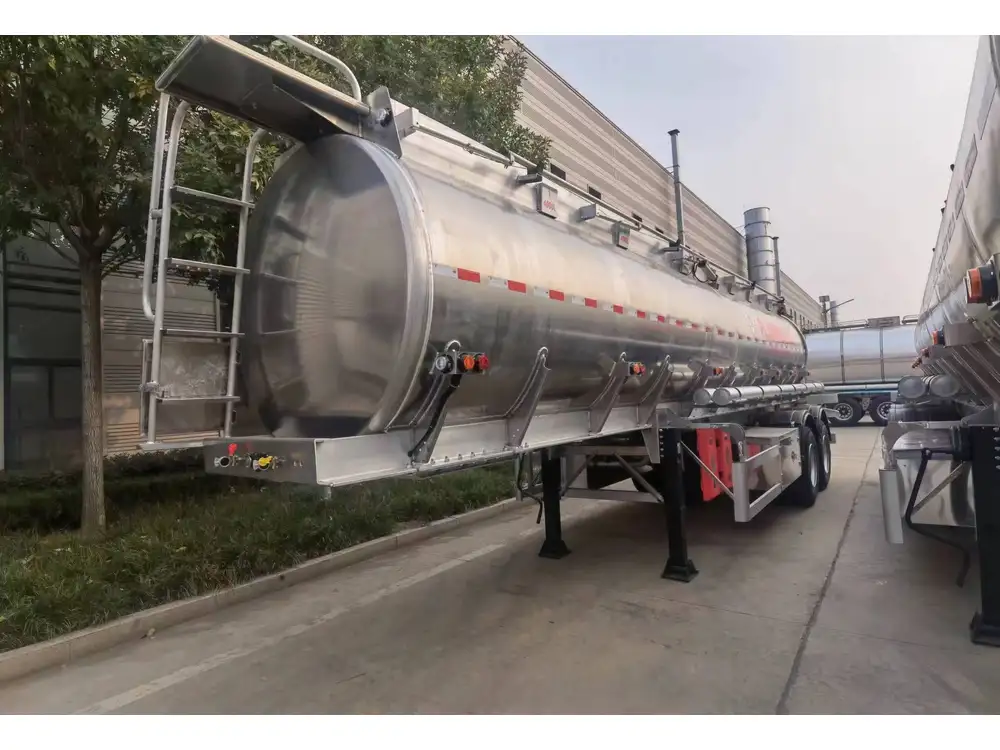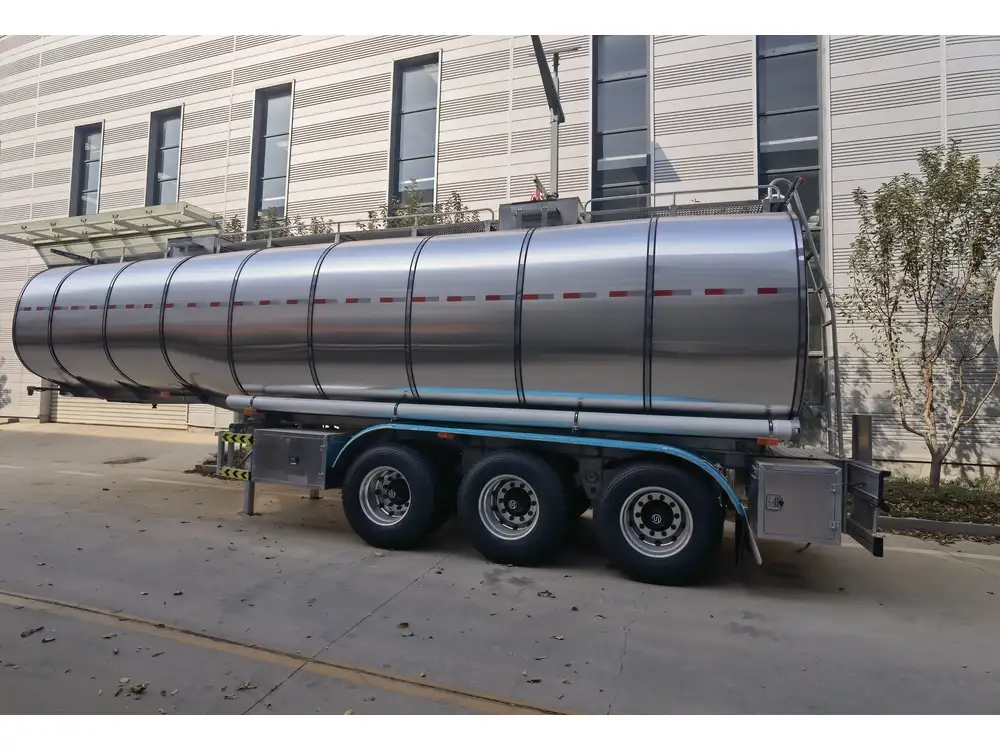When considering the purchase of a used semi-trailer, understanding the associated costs can be a critical factor in your decision-making process. This guide delves into the myriad aspects that influence the pricing of used semi-trailers, providing detailed insights and analytical comparisons that allow you to navigate this complex marketplace with confidence.
Understanding the Market Dynamics
Before diving into specific costs, it’s essential to grasp the market dynamics that play a pivotal role in determining used semi-trailer prices. Several interrelated factors include:
Type of Semi-Trailer:
- Flatbed Trailers
- Refrigerated Trailers
- Dry Van Trailers
- Tanker Trailers
Age and Condition:
- Year of Manufacture
- Maintenance History
- Visual and Operational Conditions
Brand Reputation:
- Established vs. Newer Brands
- Availability of Parts and Service
Market Location:
- Urban vs. Rural Prices
- Regional Demand Fluctuations
Current Economic Conditions:
- Fuel Prices
- Demand for Freight Transportation
Price Range Overview
Here’s an overview of the average price ranges for various types of used semi-trailers:
| Type of Trailer | Average Price Range |
|---|---|
| Flatbed Trailers | $10,000 – $35,000 |
| Refrigerated Trailers | $20,000 – $50,000 |
| Dry Van Trailers | $15,000 – $40,000 |
| Tanker Trailers | $25,000 – $70,000 |

Analyzing Cost Influencers
1. Type of Trailer
Each type of semi-trailer serves distinct purposes, and this functionality often dictates its pricing. For instance, refrigerated trailers command higher prices due to their insulation, refrigeration units, and technology for temperature control, making them ideal for transporting perishable goods.
2. Age and Condition
A used semi-trailer’s age and condition significantly impact its price. A trailer that’s five years old may cost considerably less than a two-year-old trailer with fewer issues. Here’s how condition categories stack up:
- Like New: $35,000 – $50,000
- Good Condition: $20,000 – $35,000
- Fair Condition: $10,000 – $20,000
- Poor Condition: $5,000 – $10,000

3. Brand Reputation
Brands such as Wabash, Utility, and Great Dane are known for their reliability and durability, often commanding higher prices. Conversely, lesser-known brands may be more affordable but might compromise on quality and longevity.
4. Market Location
Regional variances affect pricing due to local demand and availability. For example, areas with higher freight activity may see inflated prices compared to rural locations. Understanding the local market can provide more negotiating power.
5. Current Economic Conditions
Wider economic trends, including fuel prices and employment rates in the freight industry, also contribute to price fluctuations. Understanding these macroeconomic trends can be crucial for timing your purchase effectively.

Breaking Down Additional Costs
Beyond the initial purchase price, various ancillary costs must be accounted for when planning your budget.
Maintenance and Repairs
Regular maintenance ensures longevity and can help avoid significant repairs down the line. Annual maintenance budgets for semi-trailers can approximate $1,000 to $3,000, depending on usage and specific trailer types.
Insurance
Insurance is a non-negotiable cost that can range widely based on coverage types and the owner’s driving history. Expect to budget between $1,000 to $5,000 annually.

Licensing and Registration Fees
Registration fees depend on state regulations but generally can range from $100 to $400 yearly.
Financing Options
Most operators will need financing, which adds an interest burden depending on creditworthiness and market rates. A typical financing scenario could yield monthly payments between $500 and $1,200 based on the total loan amount and term length.
Tips for Making an Informed Purchase

Research Extensively
Utilize online resources to compare various models and brands. Websites like TruckPaper and CommercialTruckTrader showcase listings and user reviews, providing insight into prices and performance.
Inspect Thoroughly
Always conduct an in-depth inspection or facilitate a professional appraisal. Pay special attention to:
- Frame Condition
- Suspension System
- Brakes and Tires
- Electrical Systems
Review Maintenance Records
If possible, obtain the maintenance history. A well-documented log can indicate whether the trailer was adequately cared for, providing clues regarding its expected reliability.

Negotiate Effectively
Armed with market knowledge, delve into negotiations with confidence. Be prepared to counter offer based on comparable models and your findings during your research.
Consider Warranty Options
Some used semi-trailers may still be under warranty or have options for extended warranties, which can mitigate risks associated with used equipment.
Financing Options for Used Semi-Trailers
Understanding financing plays a pivotal role in making the purchase process smoother and more economical.

Traditional Loans
Banks and credit unions typically offer competitive rates for used semi-trailer financing. Interest rates can vary from 4% to 10% based on borrower credit scores and loan terms.
Equipment Financing
Dedicated equipment financing companies focus specifically on commercial vehicles and machinery. These often cater to buyers with lower credit scores, albeit usually at a higher interest rate.
Leases
Leasing is an alternative to purchasing outright. Monthly lease payments may be lower than loan repayments, allowing more flexibility. However, ownership does not transfer at the end of the lease term.

Grants and Incentives
Consult local business development agencies to check for any available grants or incentives. Some states offer funding for companies that employ eco-friendly practices or aim to modernize their fleets.
Common Myths About Used Semi-Trailer Costs
Myth #1: Used Trailers Are Always Cheaper
While used semi-trailers typically cost less than new ones, high demand can sometimes inflate their pricing, particularly for models in good condition or from reputable brands.

Myth #2: All Trailers Are the Same
Not all semi-trailers are made equal; construction materials, technology, and intended use can considerably influence performance and longevity, which subsequently affects costs.
Myth #3: Financing is Difficult
Securing financing can be straightforward with the right documentation. Having a robust plan with budget considerations helps in securing suitable financial options.
Conclusion: Making Your Move in the Semi-Trailer Market
Navigating the purchase of a used semi-trailer necessitates a multifaceted understanding of various pricing factors, maintenance responsibilities, and financing avenues. Conduct thorough research, appraise condition critically, and negotiate assertively to secure the best deal. By engaging with these strategies and insights, you can confidently step into the world of semi-trailer ownership, ensuring that you select a vehicle that enhances your operations while remaining financially responsible.
If you’re considering the purchase of a used semi-trailer, let our expert team assist you in identifying models that fit both your budget and operational needs. Our extensive inventory and knowledgeable staff are available to guide you through every step of your purchasing journey, ensuring you find the best possible trailer at a competitive price. Start your search today, and transform your logistics capabilities!



